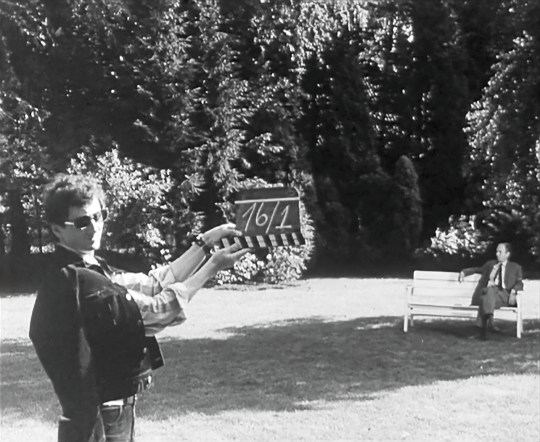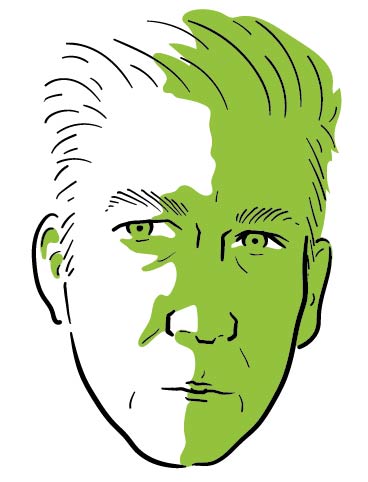
Jim Knipfel talks to Blast Books’ Laura Lindgren about the publication of Thomas Bernhard: Three Days.
Novelist William Gaddis once said that writers should be read and not heard. For the most part I would agree, but there are rare exceptions—Henry Miller and William Burroughs, say—writers whose voices and personas and free-flowing ideas remain as vital and significant as their published work. Thomas Bernhard fits neatly into that extremely limited category.
Along with Günter Grass, Bernhard remains one of the most monumental figures of postwar German literature. Beginning with On the Mountain in 1959, he published nearly forty novels, plays, and poetry collections before his death in 1989.
In novels like Gargoyles, The Lime Works and Concrete, employing a language at once rich and spare, Bernhard painted unrelentingly bleak and nihilistic portraits of isolation, frustration, and melancholia marked, as in Beckett and Gaddis, by both gallows humor and an intense aversion to traditional storytelling structures. Bernhard was an Austrian who, in Heldenplatz, referred to his home country as a land of “six and a half million retards and maniacs,” and a writer who became a writer only after finding art, music and business too easy. Writing was difficult, it was the only thing that offered any resistance, so that’s the path he followed. As filmmaker Errol Morris puts it, “He wrote in such a way as to undermine the process of writing. The writer with an underlying hatred of writing, as if each word was a stain on the page.”
After some difficult negotiations, in June of 1970 (the same year The Lime Works was published) experimental filmmaker and documentarian Ferry Radax and a small crew followed Bernhard to a park just outside Hamburg. Bernhard was thirty-nine at the time and already well-established as Austria’s greatest living writer. He took a seat on a park bench and, over the course of the next three days, talked about whatever came to mind.
Occasionally prompted by key words provided by Radax, Bernhard’s wide-ranging extemporaneous monologue touches on everything from his childhood, (“I remember still, from that very first school day, a pale boy laid out in the mortuary, a cheesemaker’s son…”) to his work, (“In essence, isn’t such a book nothing but a malignant ulcer, a cancerous tumor?”), to aging, to the inescapably existential human condition.
Radax took the footage and edited it into Three Days (Drei Tage), a fifty-five minute feature for German television. Far more than simply a monologue, Radax’s film was marked by prolonged silences, abrupt blackouts, and cutaways to trees, birds, and shots of the crew setting up. Subtly over...
You have reached your article limit
Sign up for a digital subscription and continue reading all new issues, plus our entire archives, for just $1.50/month.
Already a subscriber? Sign in





